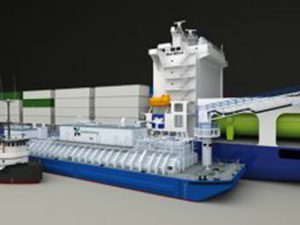
Jacksonville LNG bunkering plan gets USCG approval
AUGUST 22, 2017 — The U.S. Coast Guard has given the green light for TOTE Maritime to bunker its LNG fueled Marlin Class ships from the LNG bunker barge Clean Jacksonville in

AUGUST 22, 2017 — The U.S. Coast Guard has given the green light for TOTE Maritime to bunker its LNG fueled Marlin Class ships from the LNG bunker barge Clean Jacksonville in

NOVEMBER 7, 2016 — Wärtsilä has signed a Memorandum of Understanding with French multinational energy company ENGIE, to develop solutions and services in the small scale LNG business sector. The cooperation covers
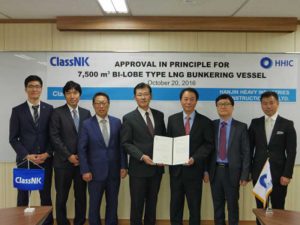
OCTOBER 20, 2016 —Classification society ClassNK has issued Approval in Principle (AIP) for a 7,500 cu.m LNG bunkering vessel designed by South Korean shipbuilder Hanjin Heavy Industries & Construction Co., Ltd. The
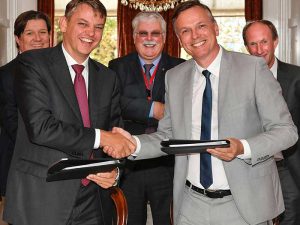
OCTOBER 3, 2016 — Shell Western LNG B.V. (Shell) has signed a supply agreement with Carnival Corporation & plc to supply liquefied natural gas (LNG) to fuel two of the world’s largest
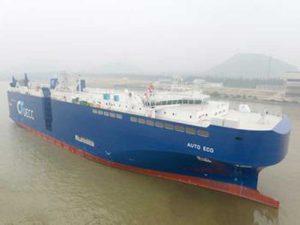
SEPTEMBER 30, 2015 – European short sea operator United European Car Carriers (UECC), has taken delivery of the world’s first LNG-fueled Pure Car and Truck Carrier from Kawasaki Heavy Industries Ltd.’s NACKS

MAY 6, 2016 — Crowley Maritime Corporation yesterday christened the third of four new, Jones Act product tankers on Thursday at the Julia Street Cruise Terminal in New Orleans. The 50,000 dwt,
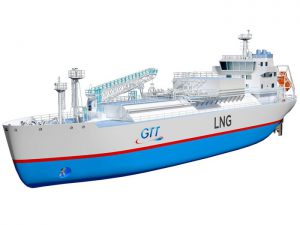
Granted Approval in Principle by classification society Bureau Veritas, the bunker tank uses tanks with a GTT Mark III Flex Cargo Containment system operating up to a pressure of 2 barg to deliver LNG as ships’ fuel. Combining the membrane containment system with the ability to store LNG at pressures up to 2 barg allows the bunker vessel to have a higher capacity and increased operational flexibility.
“Practical LNG bunker tankers are the key to building a viable LNG supply chain on which to develop LNG as a ship’s fuel,” says Philippe Donche-Gay, Executive Vice President and head of BV’s Marine and Offshore Division.”This pressurized membrane tank concept from GTT means LNG bunker tankers can manage Boil Off Gas (BOG) better and increase loading and delivery flow rates. Our studies show it is both safe and practical. We look forward to seeing the concept taken forward to a new construction.”
Under GTT’s system. the BOG management during loading and bunkering operations is made more flexible because of the wide vapor pressure operating range. Vapor can be buffered and condensed in the tanks to help the fueled ship or feeding facility handle the vapour. Condensation may be performed by spraying LNG into the vapor phase.
The higher pressure also means that during voyage and stand-by mode, the duration before gas pressure in the bunker tanker’s tanks reaches the upper limit is longer. This improves the holding time when BOG is not being consumed and reduces the use of reliquefaction plant, diminishing costs.